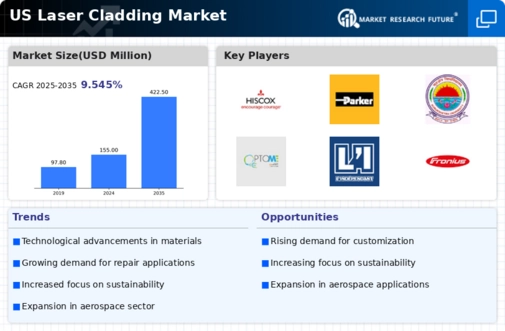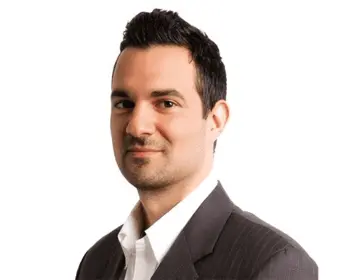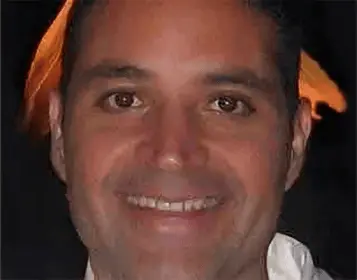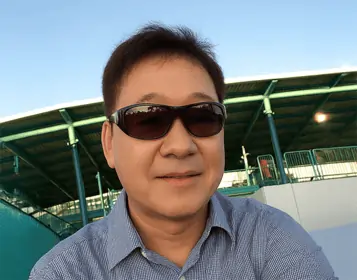Cost Efficiency in Manufacturing Processes
Cost efficiency remains a critical driver in the laser cladding market, as manufacturers seek to optimize production processes and reduce operational expenses. Laser cladding offers a unique advantage by minimizing material waste and enabling precise application of coatings, which can lead to substantial savings. For example, the reduction in the need for extensive machining after cladding can lower labor and material costs. Additionally, the technology allows for the repair of worn components, extending their lifespan and reducing the need for new parts. This cost-effective approach is particularly attractive in industries where margins are tight, such as automotive manufacturing, where the laser cladding market is expected to see a growth rate of around 7% annually through 2030.
Rising Demand for High-Performance Materials
The laser cladding market is experiencing a notable increase in demand for high-performance materials across various industries, including aerospace, automotive, and energy. This trend is driven by the need for components that can withstand extreme conditions, such as high temperatures and corrosive environments. The ability of laser cladding to enhance the properties of base materials, such as wear resistance and fatigue strength, is particularly appealing. In the aerospace sector, for instance, the market is projected to grow at a CAGR of approximately 8% from 2025 to 2030, indicating a robust appetite for advanced manufacturing techniques. As industries continue to prioritize performance and durability, the laser cladding market is likely to benefit significantly from this demand for high-performance materials.
Increased Investment in Research and Development
Investment in research and development (R&D) is a significant driver for the laser cladding market, as companies strive to innovate and improve their offerings. The focus on developing new materials and techniques is crucial for maintaining competitiveness in a rapidly evolving landscape. Many firms are allocating substantial budgets to R&D, with estimates suggesting that spending could reach upwards of $500 million annually in the US alone by 2026. This investment is likely to lead to advancements in laser technology, such as improved energy efficiency and enhanced material compatibility. As R&D efforts continue to yield breakthroughs, the laser cladding market is poised for growth, attracting new players and expanding its applications across various sectors.
Growing Adoption in Repair and Maintenance Applications
The laser cladding market is witnessing a growing adoption in repair and maintenance applications, particularly in industries such as oil and gas, mining, and manufacturing. The ability to restore worn components to their original specifications without the need for complete replacement is a compelling advantage. This method not only saves costs but also reduces downtime, which is critical in sectors where operational efficiency is paramount. For instance, the oil and gas industry is increasingly utilizing laser cladding for the refurbishment of drilling equipment, which can lead to savings of up to 30% compared to traditional replacement methods. As industries recognize the benefits of laser cladding for maintenance, the market is likely to expand further.
Regulatory Support for Advanced Manufacturing Technologies
Regulatory support for advanced manufacturing technologies is emerging as a key driver for the laser cladding market. Government initiatives aimed at promoting innovation and competitiveness in manufacturing are likely to create a favorable environment for the adoption of laser cladding technologies. Programs that provide funding and incentives for companies to implement advanced manufacturing processes can stimulate growth in the sector. For example, initiatives under the Manufacturing USA program are designed to enhance the capabilities of US manufacturers, potentially leading to increased investment in laser cladding technologies. As regulatory frameworks evolve to support modernization, the laser cladding market may experience accelerated growth, driven by enhanced adoption rates across various industries.























Leave a Comment